As you read this post, I am somewhere on a mountain trail probably struggling to catch my breath. Yes, Jason and I are on a quest to reach Base Camp on an Action Challenge Everest Base Camp trek. We are raising money for Bluebell Wood Children’s Hospice in the process, and have raised just over £8,000 at the time of writing. We are desperate to hit £10,000 before we pack up our fundraising boots!
If you can find it in your heart to sponsor us, please head to our Just Giving Page. Please provide us with some much-needed motivation to keep putting one foot in front of the other.
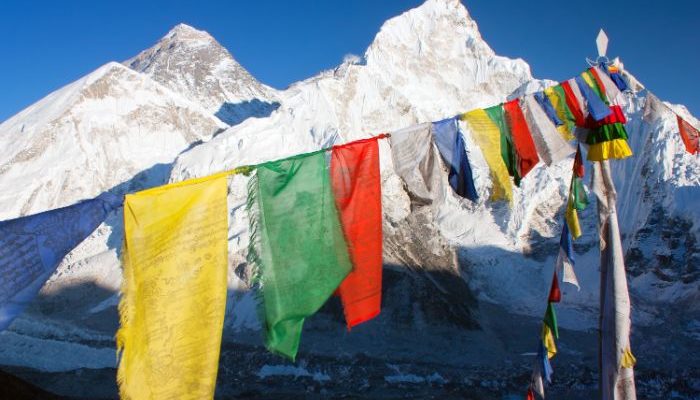
Our Everest Base Camp trek involves 115 km of hiking, 2,940 metres of climbing and a loss of 50% of oxygen. Just saying!! Then there is a serious lack of toilets, hot running water, electricity, hard beds, sleeping beds and a distinct lack of Starbucks and wine! What the hell have I let myself in for?

The Everest Base Camp trek kit list
When you sign up for an Everest Base Camp trek, you receive a kit list. This kit list is long! In fact, it is so long it takes up four full pages of A4. Yet, we only have a weight allowance of 15kg (including our sleeping bag) for the flight to Lukla. Surely that list defies the laws of physics?! That list has been a source of much stress. Which items do I take that are not on the list? Which do I not take that are on the list? How does some of this stuff work? Will it stay waterproof? I think you get the picture.
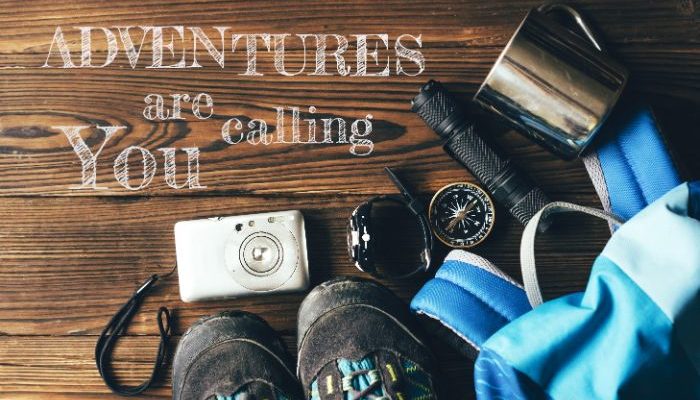
I have been through 4 pairs of boots trying to find a pair that suit me and that are waterproof, comfortable and do not give me calf cramps. Lots of money and pain!
Help for hapless hikers
So today’s post is aiming to help other hapless hikers who may be considering a trip to Everest Base Camp. If you find the kit list a severe headache (even before altitude sickness kicks in!) read on my darlings. I will try to help you out.
Our EBC trek Kit list
We booked our trip with Action Challenge and here is the EBC Kit List that they provided. In honesty, we have got almost everything on the list although I’ve improvised with some stuff. By that, I mean I’m using some of my ski stuff which should achieve the same purpose.
I am however sharing some hard-learned lessons that might help you suffer less stress in your preparation.
The most important tip – boots
Boots proved to be an utter nightmare for me. I previously used a pair of hiking shoes, but as these were not waterproof, I had to buy a new pair. Furthermore, the kit list makes a point of talking ankle support. I spent £130 on a pair of Salomon hiking boots and they gave me hell. The additional height really hurt my calves, making walking painful after short distances. Not a good start for a hike to Everest Base Camp.
After trying several walks in them, I had to admit defeat and purchased another equally expensive mid-height boot. This one proved slightly less painful on the calf but sadly could not cope with wet conditions at all. Back to the shop it went.
By this time, I was starting to panic as we only started wearing in our boots three months in advance of the trip and I was beginning to stress that I would not find a pair of shoes to suit me. Finally, I opted for another pair of Salomon boots with a lower drop and lesser weight. I don’t think I’m going to be pain-free but I think this may be as good as it gets.

Top tip: Get your boots as soon as possible after you book onto a EBC trek. Then wear the hell out of them.
This way, you have time to deal with any such difficulties. Of course, if you do not have any difficulties you simply have more time to wear them in. This will avoid a last-minute panic as I endured.
Daypack
I highly recommend taking the daypack you plan to use in Nepal and hiking with it in the UK. This will allow you to test it in wet conditions and become familiar with the organisation of your pack. If the temperature is minus 10, do you really want to be spending longer than necessary without gloves trying to get things out of your bag? I also tried it with a variety of clothing and discovered that short strappy tops were not a good mix as the bag rubbed my shoulders.
I bought a Mountain Warehouse Endeavour and absolutely love this bag. It has convenient little pockets on the waist belt plus lots of other pockets. It has a wet cover for poor weather and is surprisingly comfortable to wear (notwithstanding my point above about strappy tops). Despite packing it with water and power banks, it feels surprisingly light due to the design which spreads the weight evenly across your back.
Camelbak
One of the items on your trek is a Camelbak. No instructions come with the water pack so do not leave it until you are in the mountains to test this vital piece of kit. Get it out and get used to setting it up, filling it and installing it in your bag. When you are cold and uncomfortable, you do not want the additional stress of trying to figure this out. You also do not want to be holding up other people by keeping them waiting in the morning.
The other benefit of testing it in advance was that I discovered that I loved this kit. It is a damn site easier than fiddling with a water bottle when you can simply sip at will.
Packing
When you look at the amount of gear on the kit list and the size of your backpack, you wonder whether your expedition company is playing a joke on you. Is my backpack magical you wonder? Is Mary Poppins meant to pack this?
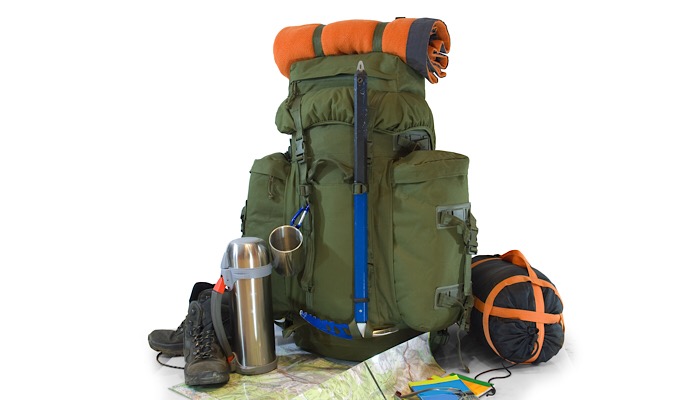
I don’t recommend leaving your packing until the last minute. Start practising packing and unpacking at least a few weeks before departure. You want this to be second nature even if you are feeling terrible on the mountain when you start to feel the effects of altitude.
Photography
It pains me to say this, but leave your camera at home. Everest Base Camp is a potentially hostile environment for your camera and it will take up additional bulk and weight. You will also be potentially concerned for its security and it may be difficult to operate in thick gloves. We left (begrudgingly) the camera at home and are using our phones alone.
Additions you may like for Everest base camp
In addition to the items on our Everest Base Camp Trek kit list, we also opted for some additional items. When we return I will be able to update you on whether these were worthwhile purchases.
A blow up mattress. This baby takes up little space and I hope it allows me to sleep better than I would otherwise. If Nepalese beds are anything like those in India, I imagine sleep could be in short supply. Given we need our energy and emotions intact, sleep is something I am keen to facilitate in any way possible. I have heard beds in Nepal described as little more than planks and blankets so I am not taking any risks.
Anker Power Core – as we hope to be able to share the details of our trip on the blog, power for our devices is essential during our stay. Often hikers in Nepal have to pay for electricity and to avoid this, we opted for power banks which can recharge our phones several times. We may need to charge the charger but at least we will noy be paying for power every day.
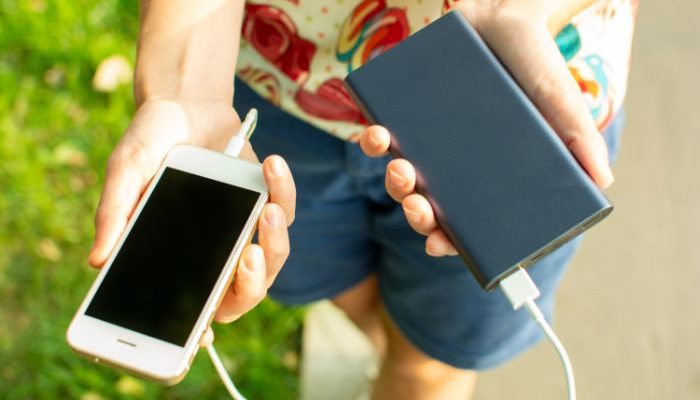
Solar charger – at the time of writing, I have no idea whether this will turn out to be fabulous or a flop. It is reasonably heavy but easily hooks onto the zip on your day back and seems to stay in place without becoming annoying. It handily also has a flashlight and the idea is that it can use the sun’s energy to charge. We have had little chance to use it so far so cannot yet say how successful it is. Watch this space!
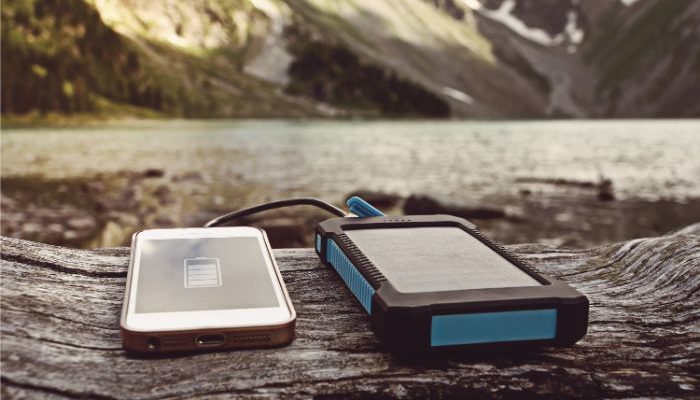
Probiotics. A number of people have suggested I take these and anything that potentially helps prevent a major disaster (not sure toilets will be in ready supply should the worst occur) is a good idea in my book.
Flipflops. After walking hours in boots with hot, sweaty feet, a chance to air those tootsies might not be a bad idea.
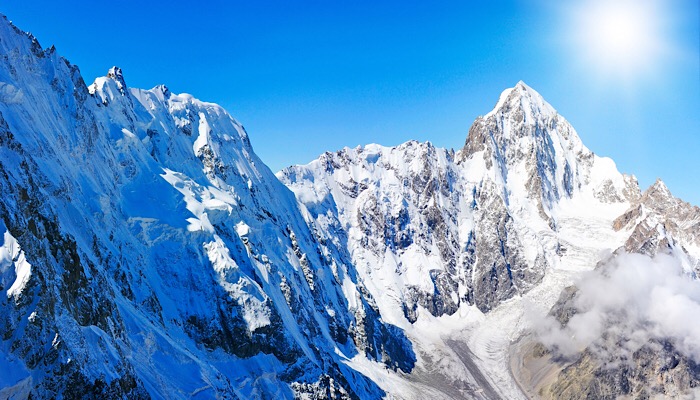
Other kit (that I love)
Waterproof jacket – I love this jacket because it has a little peak above the hood. Yes, you may look marginally like a strange bird but that peak really helps to deflect torrential rain. You can also loosen or tighten the hood depending on how windy it is.
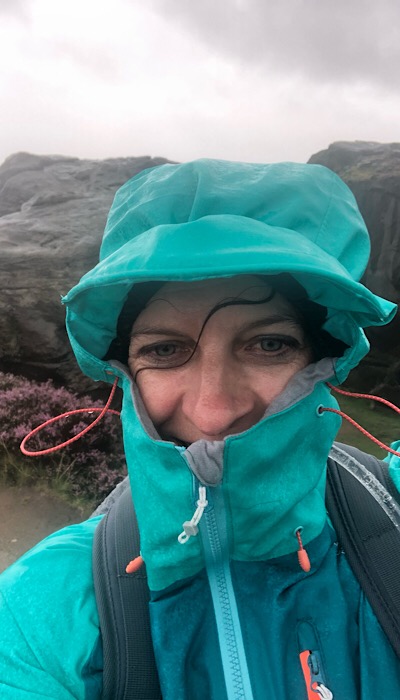
Hiking boots – this boots are definitely waterproof and they look gorgeous. I have not tested them enough to say they won’t cause problems for my calves but early indications were promising.
Degbit water bottles – I love these bottles as they come in a variety of colours, have a lovely texture, a carry strap and filter inside the top. Since I got my first one last Christmas, it has gone virtually everywhere with me. They are great accessories any time and can help you to stay hydrated with the useful reminders on the bottle.
Merino wool thermals – these thermals were great value and could double up for evening relaxation wear.
Web-tex resealable bags – we bought these to keep our items dry. Will let you know how well they work. We also bought these waterproof pouches to keep valuables dry.
Keenflex mummy sleeping bag – this bag is supposed to be good to minus 5.
The verdict
When I’m back from EBC in a few weeks, I will provide an update about kit but in the meantime, please wish me luck. I have no idea whether this is going to test me to the limit or make me want to quit my job and become a explorer.
 From Miles to Smiles Stylish travel for professionals seeking luxury at affordable prices
From Miles to Smiles Stylish travel for professionals seeking luxury at affordable prices

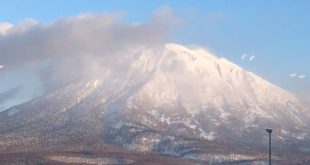
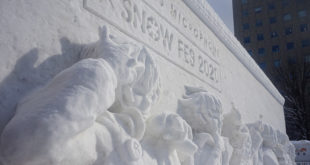
For hiking boots try Keene targhee II.
They are waterproof and probably the most comfortable boots you will ever own.
Thanks Tom. I eventually settled on the Salomon GT 4 mid ankle and actually had no calf issues with them which was a result. I think that might have pushed me over the edge! 😅
I did EBC and used Mountain warehouse Storm Mens Waterproof IsoGrip Boots, they were comfortable from day one and my feet stayed dry and I had no hot spots or blisters. Best buy and very reasonable at under £60.00. Another amazing bit of kit from Mountain warehouse was the day sack , Phoenix Extreme 35L Backpack which was comfortable and allowed airflow.
A bit of kit I had wished I had taken was a solar panel to charge my power bank. You can charge items in the tea houses but it can be costly.
Don’t overdo it on clothing, take the basics and wash along the way at the tea houses. Everyone is smelly so don’t feel you need to change you kit daily. Always keep one set in a ziplock bag for emergency. Wet wipes and Waterless soap are great to clean your self and talc powder for your feet is a must.
The hike is steep and consists of uneven steps so train on a step machine, I wish I had. Smoking helps with altitude sickness, don’t ask me why it just does. This doesn’t mean I promote smoking, it’s a horrible habit.
It is the best adventure but don’t rush, make sure you acclimatize, those that do rush end up being evaluated off the mountain by helicopter in bad medical states, I saw a lot on my trip. It’s no joke. I saw a group of 7 people reduced by 4 due to the team not acclimatizing. Make sure you get a good guide, bad guides push their clients so that they can get a free ride back with you in the helicopter. With that said make sure you have a good travel insurance that covers ECB and helicopter medivac support.
Great tips. I packed everything into sealable plastic bags which made unpacking and packing much easier. Totally agree re acclimitisation. We had two rest days and I absolutely needed them both as I really struggled with the altitude. We did take solar panels and have to say they were brilliant. We didn’t once pay for charging but we did have perfect weather
Hi Anne, good article. I guess it popped up on my google news as I was looking for the EBC gear few days back. Did you plan to pack altitude sickness tablets?
Out of our group of 24 I think all bar the guide took Diamox. Not sure how much it helped me as I struggled from day one with headaches which worsened as we climbed. Thankfully we had a doctor as part of our expedition who gave lots of great advice
Thank you for sharing… I loved my time on the EBC trek! And I would do it all over again.
One thing I definitely needed was my merino wool neck gaiter – at times the dust blows or there are certain smells, I can pull it over my nose to help and it keeps your neck warm.
Don’t pack all essentials in your bag, put some in your backpack as our bags arrived later and met us in Namche.
Don’t forget to prepare, walk a lot, we walked 10 hour days on the way back to Lukla.
Totally agree. The buff I took really helped with the dusty days. I do wish I’d taken a face mask for Kathmandu though as both Jason and I have picked up irritating coughs due to the dust irritation. I had a tough time with altitude sickness and a sickness bug on top but still had the most incredible time
Finding a good back pack/rucksack is a nightmare – glad I don’t have to contend with strappy tops, too!
Ha ha turns out I loved most of my kit. The sleeping bag was amazing as was the liner. No major faux pas but I wish I’d packed more loo roll!
That’s why you take two ply, so you can turn it over and use it twice 😀
😂😂